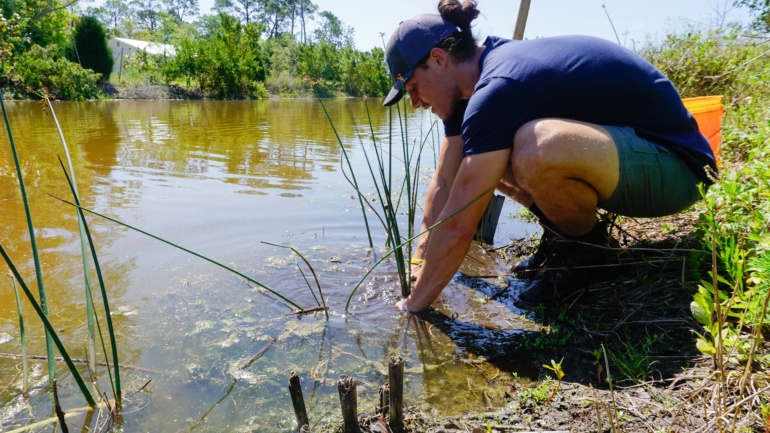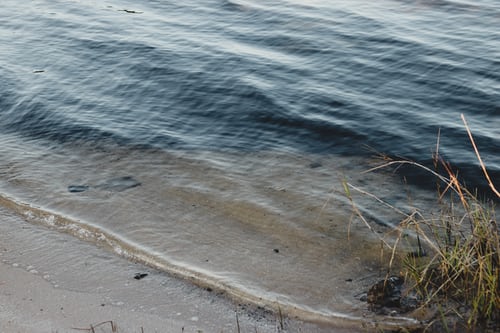By Suraj Rajendran, Staff Writer for Save The Water™ | June 27, 2016
State of Emergency in Newburgh
A state of emergency was declared in Newburgh, New York, after the New York State Department of Conservation discovered the toxic chemical perfluorooctane sulfonate (PFOS) in the lake that supplies the city with drinking water.1
City manager Michael Ciaravino called the state of emergency on May 2, but the following day, it was lifted by Mayor Judy Kennedy, who said that, at 140 parts per trillion (ppt), the levels of the chemical were not exceeding the EPA’s guidelines of 200 ppt. In fact, she said that traces of PFOS had been in Washington Lake as far back as 2014, but never at levels exceeding the standards at the time.2
This May, the EPA issued an updated health advisory for PFOS and a closely-linked compound, PFOA, establishing drinking water guidelines for both at 70 parts per trillion. Although EPA health advisories are not enforced or regulated, they serve to “provide technical information to states agencies and other public health officials on health effects, analytical methodologies, and treatment technologies associated with drinking water contamination.”3
Mayor Kennedy stated that any potential safety issue is resolved, as the city has changed its water source from Washington Lake to Browns Pond after the incident. The state has agreed to an investigation into the matter of how PFOS entered the lake.4
Perfluorooctane Sulfonate
PFOS is a manmade chemical found in firefighting foam and several surface-treated products, such as stain-resistant textiles or some non-stick pans. It has a long half-life in many animals—5.4 years in humans—meaning it is not easily removed by the body. Several epidemiologic studies have reported the adverse health effects of PFOS, including cardiovascular disorders, immunotoxicity, and reduced birth weight.5
An Ongoing Issue
The manufacturing company 3M, which was allegedly the sole producer of PFOS and a primary producer of PFOA, stopped production of both chemicals over a decade ago. But water contamination cases in recent years show that they have not disappeared.6 Recently, in Hoosick Falls, an increase in rare cancer deaths led some residents to begin questioning the underlying causes. Eventually, they discovered PFOA had been seeping into their water for decades due to a nearby plastics plant.
It is unlikely that we will escape these chemicals anytime soon; in fact, estimates show that traces of PFOA and similar compounds are already present in almost all of the American population.7 However, we shouldn’t be scared; rather, we need to stay informed. We can limit our exposure to PFOS, PFOA and other perfluorinated compounds by using water filters and safe cookware, as well as avoiding stain-resistant clothing and carpeting. We can also look into reports about local drinking water utilities, which are tested regularly for various contaminants.
References
- Katherine Lam. May 3, 2016. “Newburgh declares state of emergency due to contaminated water.” http://pix11.com/2016/05/03/newburgh-declares-state-of-emergency-due-to-contaminated-water/
- Steve Brennan. May 3, 2016. “Newburgh Mayor: PFOS in Water Source Has Been There Since 2014.” TWC News. http://bit.ly/2t2S0Rw
- Environmental Protection Agency. February 2014. “Health Effects Document for Perfluorooctane Sulfonic Acid (PFOS).” http://bit.ly/2tXToJu
- Marcus Solis. May 3, 2016. “Newburgh’s Water State of Emergency Rescinded.” ABC 7. http://abc7ny.com/news/newburghs-water-state-of-emergency-rescinded/1319925/
- Gloria Gilbère. n.d. “PFOA, PTFE, PFOS Can Lead to Thyroid, Heart, Liver and Immune System Disorders.” Total Health Magazine. http://bit.ly/2u7TNd1
- Kevin O’Toole. June 9, 2016. “Gov. Shumlin: Two new sites test positive for PFOA and PFOS.” News 10. http://news10.com/2016/06/09/gov-shumlin-two-new-sites-test-positive-for-pfoa-and-pfos/
- Kyle Steenland, Tony Fletcher, David Savitz. August 2010. “Epidemiologic Evidence on the Health Effects of Perfluorooctanoic Acid (PFOA).” Environmental Health Perspective. https://www.ncbi.nlm.nih.gov/pubmed/20423814





